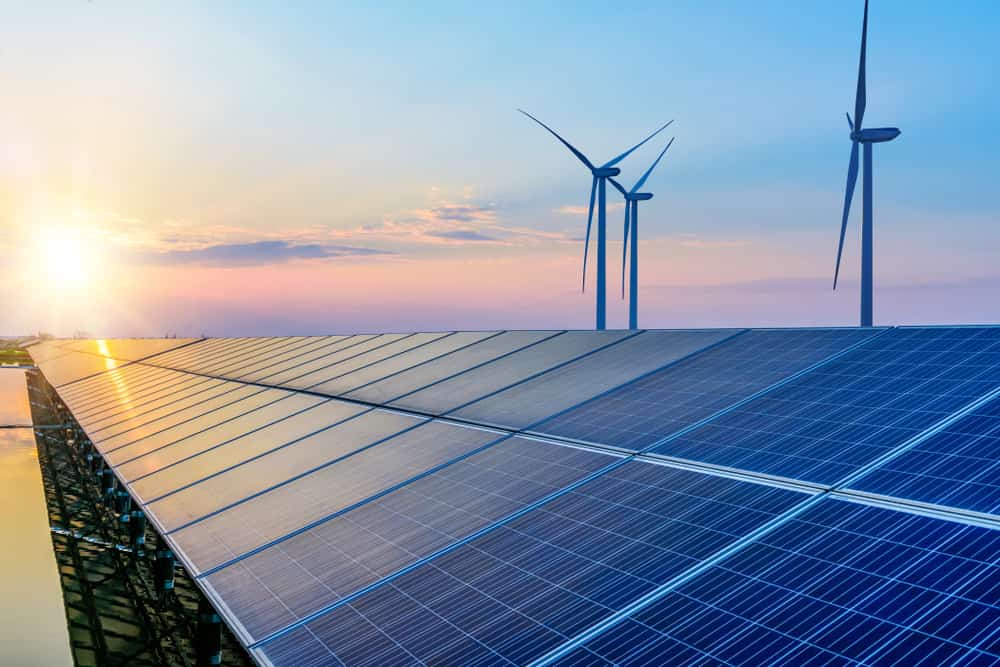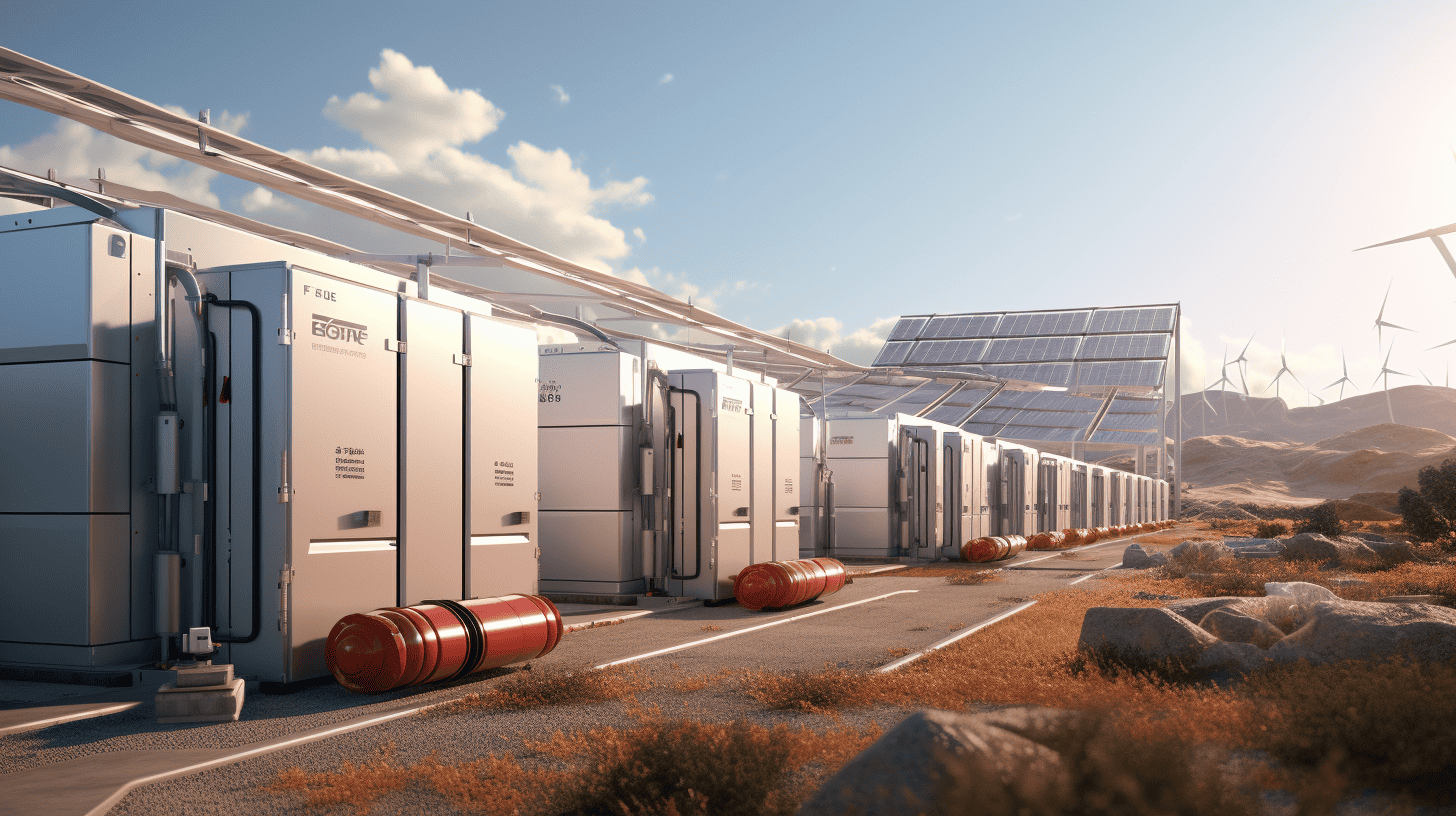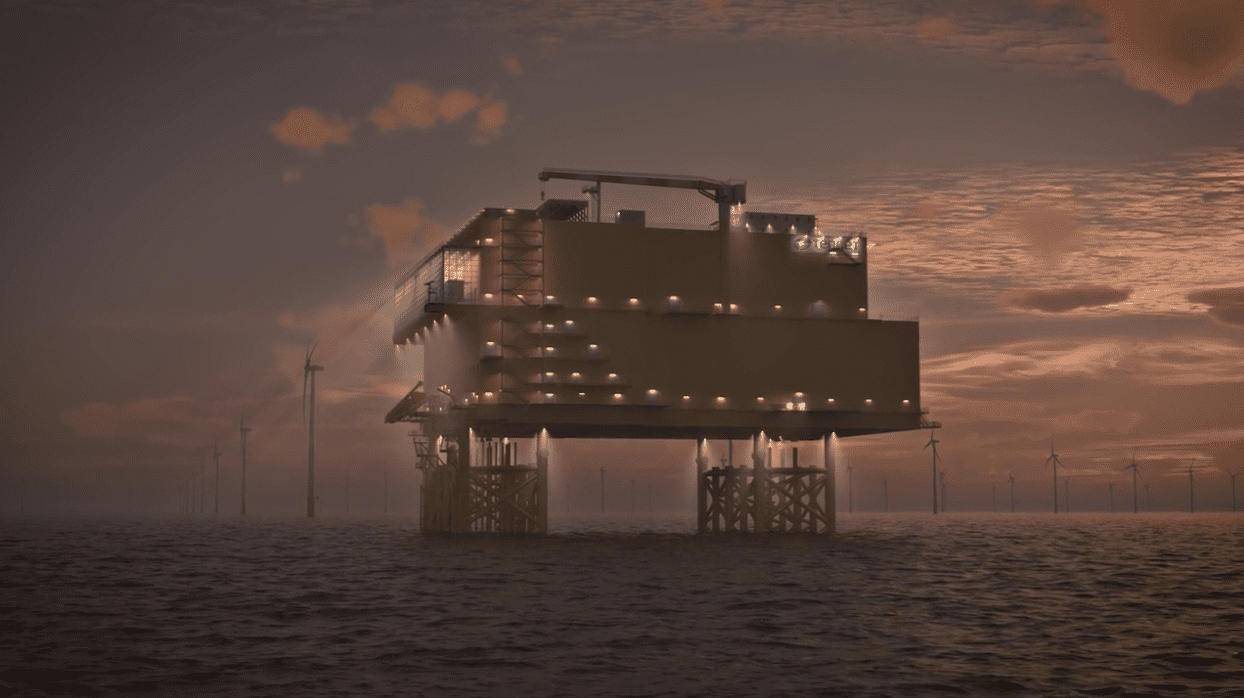
With Target Grid, TenneT is introducing a new approach to meet the challenges of the energy transition. The goal is to have an electricity grid ready for a sustainable economy by 2045 with always enough green electricity for everyone’s needs, from consumers to industry. The first version of Target Grid, including the accompanying 2045 grid map, was presented today to Climate and Energy Minister Rob Jetten.
With Target Grid, TenneT proposes a network of DC superhighways and energy hubs, the DC grid (electricity superhighways), and a greatly enhanced existing AC (alternating current) grid. This combination of energy hubs, connected by superhighways, ensures that renewable electricity can be transported over long distances from the North Sea to consumers and industry and that the electricity grid remains reliable. The handover to Minister Rob Jetten marks the kick-off of a dialogue with all stakeholders to further shape the Target Grid together.
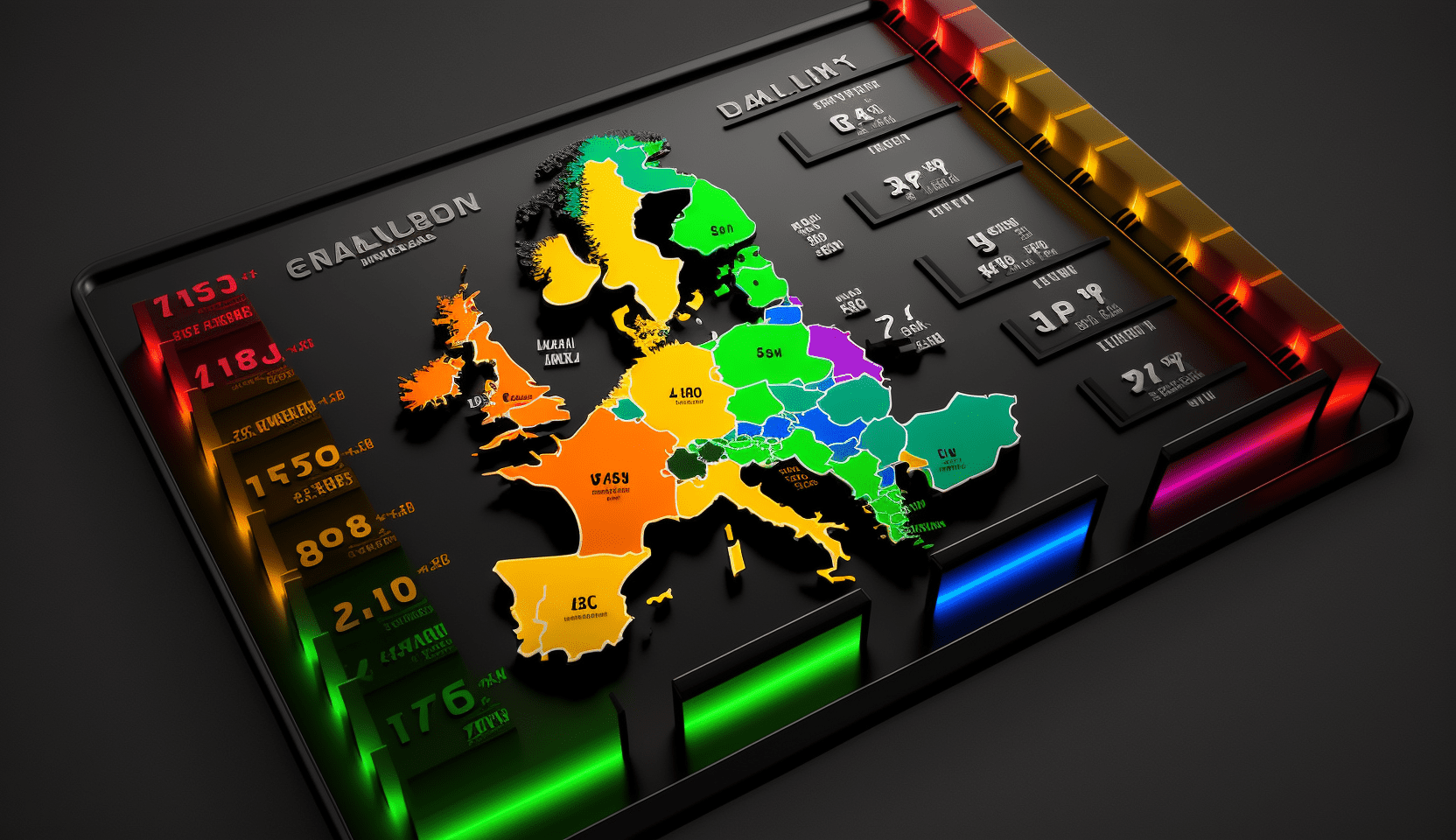
Challenges
Germany and the Netherlands face similar challenges: more than doubling electricity consumption, five to 10 times more generation capacity, significant levels of required flexibility, and about 70 GW of installed offshore wind energy per country that needs to reach European industries and households as efficiently as possible. Getting these large volumes of electricity to the right place in the future will require a new approach to make the high-voltage grid of the future a timely reality.
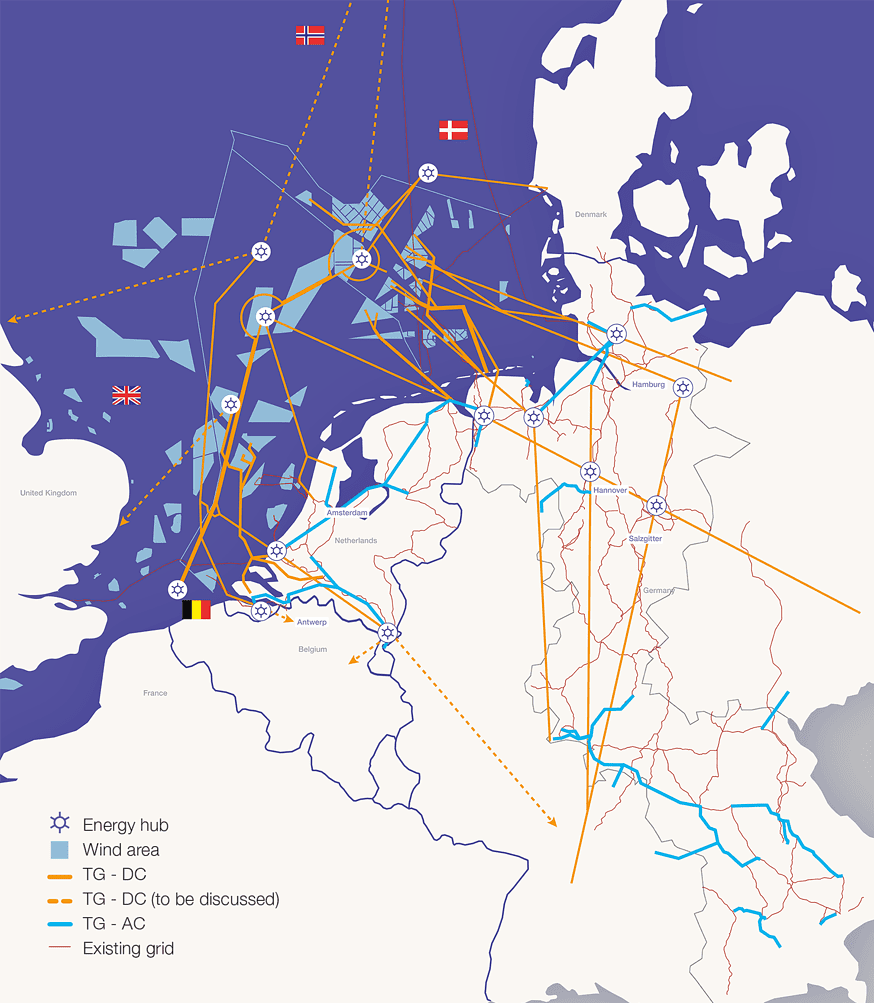
Manon van Beek, CEO of TenneT, sees the energy world changing rapidly: “Our infrastructure is crucial; we can no longer afford to work at a pace of ‘bottleneck by bottleneck’.” Target Grid is based on the highest electrification scenario of the Dutch II3050 (Integrale Infrastructuurverkenning 2030-2050) and the German NEP2023 (Netzentwicklungplan). This will give the Netherlands and large parts of Germany an electricity grid that is set up for a fully sustainable energy system and sufficiently robust to guarantee the security of supply. With the Target Grid, the North Sea can become a truly sustainable green hub for electrons at the heart of the European energy transition.
Green electrons from the North Sea
Target Grid aims to open up the North Sea as efficiently and effectively as possible as the main source of renewable electricity for the Netherlands, Germany, and the Northwest European region. Germany will need its offshore capacity (70 GW) for domestic electrification. Because the Netherlands can meet domestic electricity and hydrogen demand at 52 GW of offshore wind capacity, the Netherlands has additional opportunities and advantages at the projected 72 GW of offshore wind and its good connectivity with other countries. In less windy conditions, the security of supply for Dutch households, businesses, and other industries remains high, according to Tennet, and when the wind blows hard, there are economic benefits to be gained in the electricity and hydrogen markets. At some times, the Netherlands will export, and at other times, import, as is currently the case.
TenneT recommends a (European) coordinated strategy to ensure sufficient and stable capacity for the supply chain.


